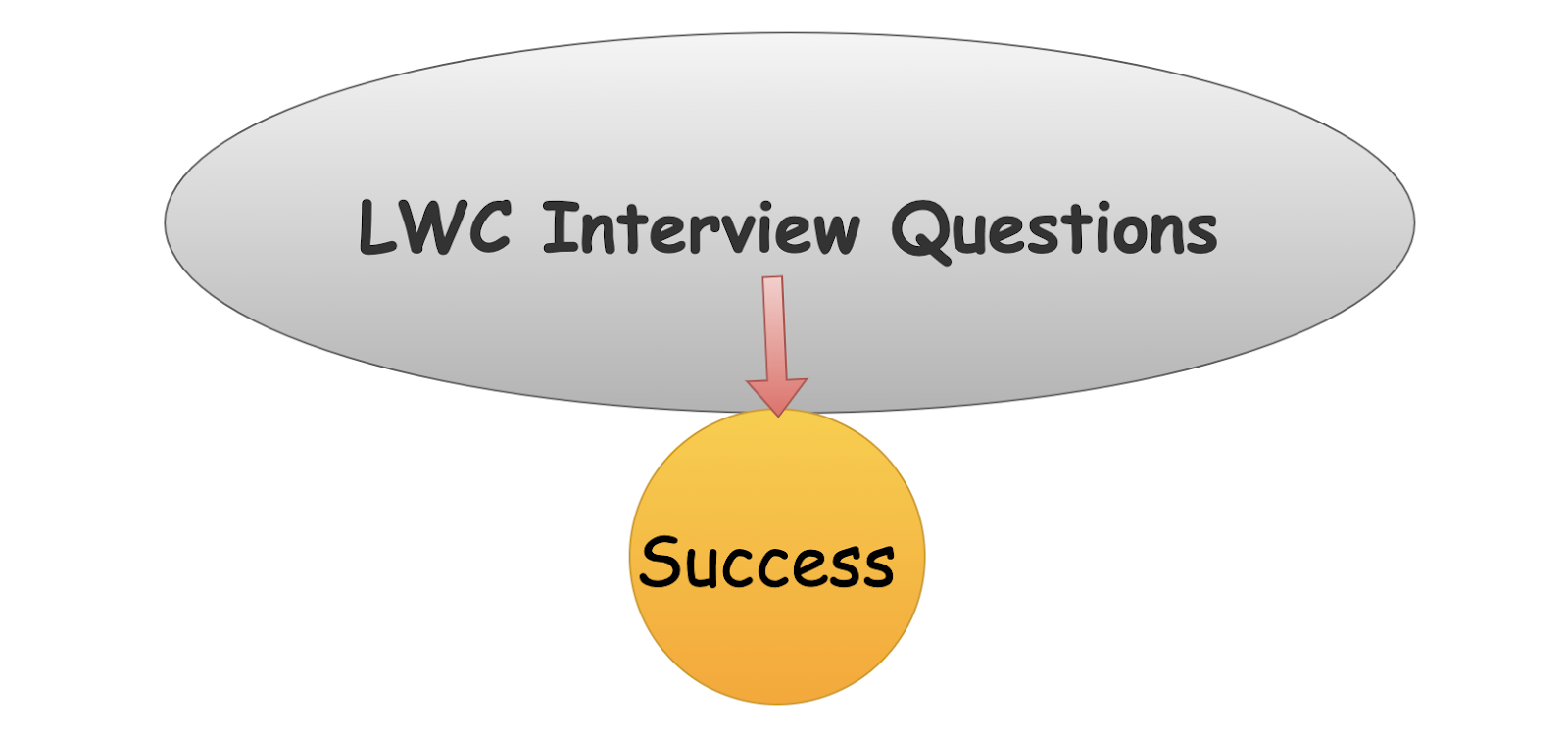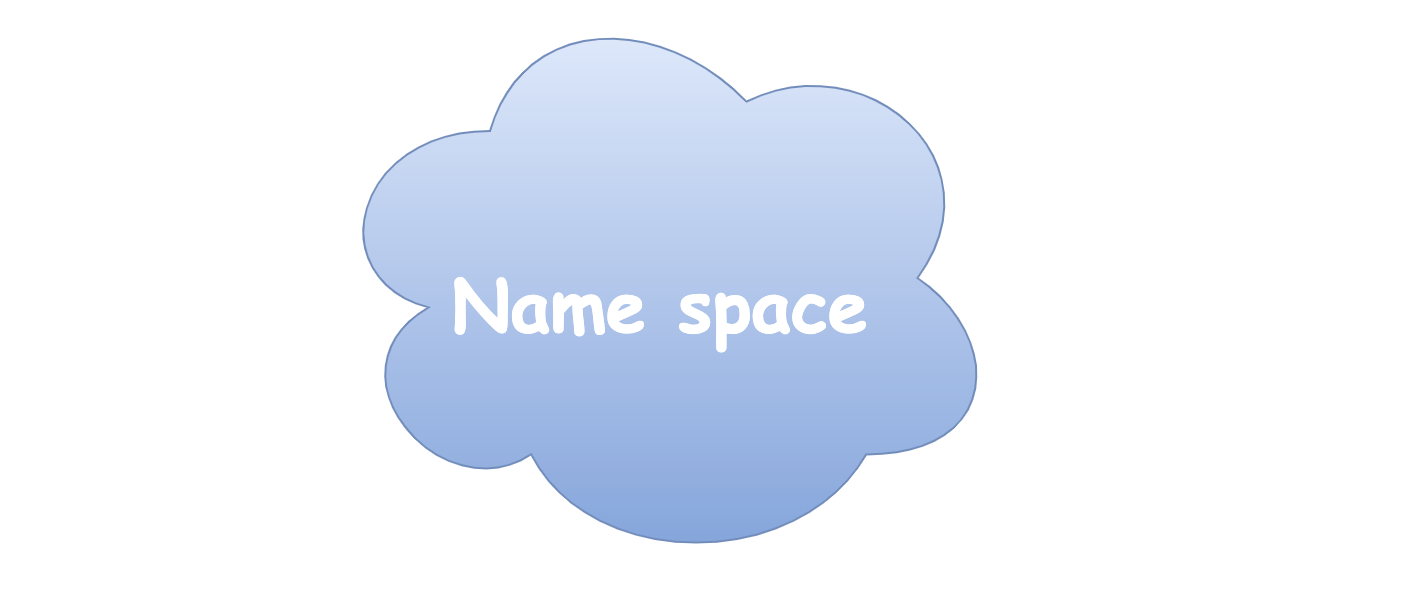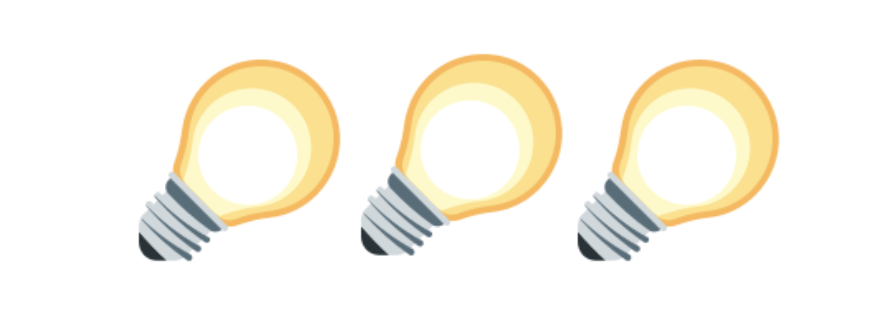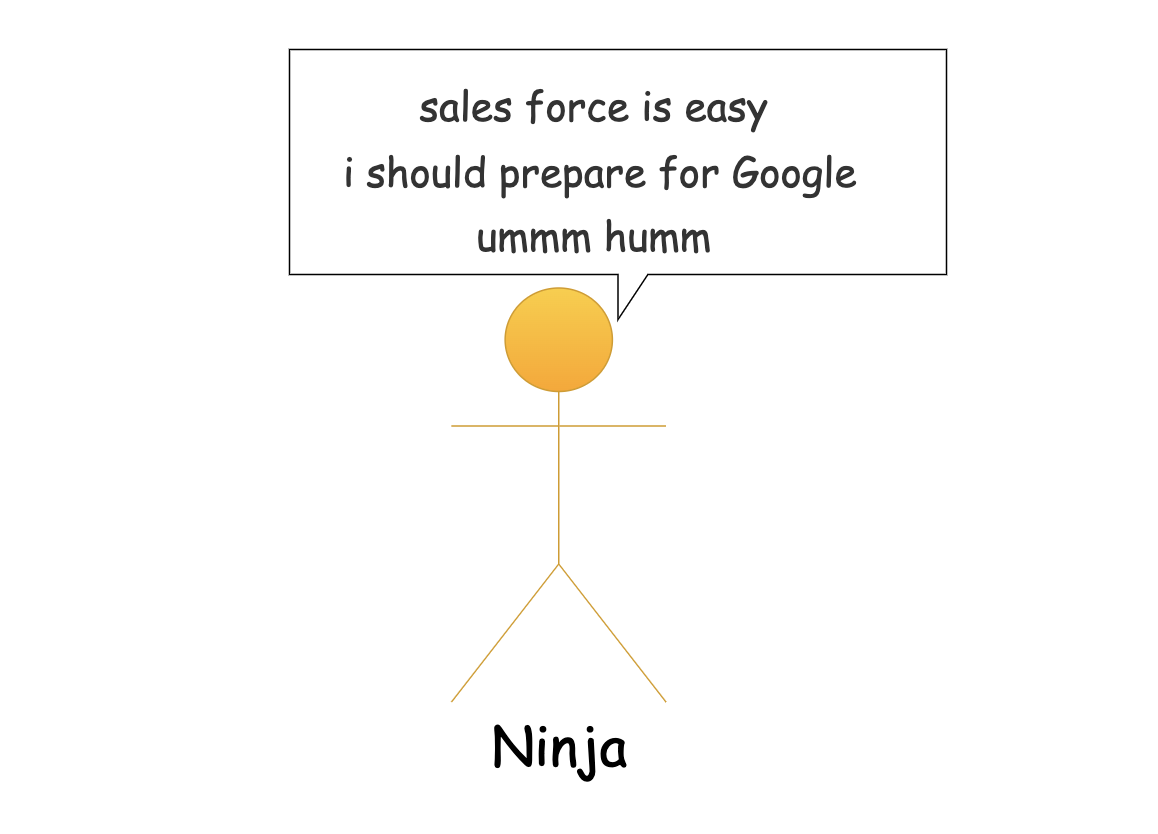
LWC Interview Questions
1. What is Lightning Framework in Salesforce?
Answer: Salesforce Lightning is an app development framework developed by the salesforce team to simplify business processes for their users. It is a UI framework for creating single-page applications for desktop and mobile devices. Lightning Components are built using two programming models: the Aura Components model and the Lightning Web Components Model.
Note: This is one of the most important question from LWC Interview Questions.
2. What are the components in Salesforce Lightning?
Answer: The components in Salesforce Lightning include:
- Lightning Component Framework: a javascript framework that allows the development of recyclable components for personalizing the Salesforce1 Mobile App and lightning experience.
- Lightning Experience: a new and modern user experience and interface for Salesforce.
- Lightning Exchange: a part of AppExchange, that has over 70 partner components to start the development process.
- Lightning Design System: It helps build applications without writing a single line of CSS but with the look and feel of Lightning Experience.
- Visual Building tools: relates to drag-and-drop features.
Note: This is one of the most important question from LWC Interview Questions.
3. What is the use of aura: namespace?
Answer: In Salesforce LWC, the aura: namespace includes all the main building blocks to define applications and components for the application.
Note: Important question for LWC and Salesforce Lightning

4. What are the different types of events of Salesforce Lightning components?
Answer: In Salesforce Lightning components, we observe three main event types. They are as follows:
- System Events.
- Application Events.
- Component Events.
5. What are the component bundles of the Lightning Components?
Answer: The below bundles are the component bundles of the Lightning Components:
- Controller.
- Documentation.
- Style.
- Renderer.
- Helper.
Note: This is one of the most important question from LWC Interview Questions.
6. How can we use Lightning components with Salesforce1 Mobile App?
Answer: We can use Lightning Components with the Salesforce1 Mobile app by creating a traditional Lightning tab that refers to the component. This Lightning tab can be added to the Salesforce1 Mobile Navigation.
7. What is the difference between a component event and an application event?
Answer: A component event is used for interaction between the parent and child component, whereas the application event sends modifications in the part to a broad audience. The change in the child component can be communicated to the parent component through the component event. In contrast, in the application event, the part that has registered for this event will get an alert.
Note: Important question for LWC and Salesforce Lightning.

8. Explain Namespace in the Salesforce Lightning Components.
Answer: In Salesforce Lightning Components, the namespace is used to group components into an organization. C is the default namespace. If the namespace is created with any name for an organization, then that namespace can be used for the Lightning components.
9. Where can the Lightning components be used?
Answer: Lightning Components can be used in:
- I was dragging and dragging in the community and Lightning App Builder.
- I am adding it to the Lightning pages.
- I am starting it as a quick action.
- We are creating stand-alone applications.
10. Differentiate between Salesforce Classic and Salesforce Lightning.
Answer: For Salesforce Classic, we need to hire a Salesforce Developer to operate, whereas Salesforce Lightning is much easier to work with. And also, with Lightning, you don't need Visualforce for every task. Compared to Salesforce Classic, Salesforce Lightning has advanced security features.
Note: Important question for LWC and Salesforce Lightning
Note: This is one of the most important question from LWC Interview Questions.
11. What are Component events?
Answer: Component events are the events that have child components dismissed and parent components handled. Component events are used when we need to send some value from a child component to the parent component.
Note: Important question for LWC and Salesforce Lightning

12. What are Application events?
Answer: Other than component events, we can also have application events, which can be dismissed and handled by any component. An application event does not require any type of relationship among the members. These components should be a part of one application.
13. What are bound and Unbound Expressions?
Answer: The data binding in our application is done using the bound and Unbound expressions in LWC. The value can be passed from an attribute of a parent component to an attribute of a child component in our application whenever a child component is called from the parent component.
Note: Crucial query for Salesforce Lightning and LWC
14. What are the lifecycle hooks in LWC?
Answer: A lifecycle hook is a callback method triggered at a specific phase of a component instance's lifecycle. The following themes are supported in LWC:
- Constructor.
- Connectedcallback.
- Renderedcallback.
- Disconnectedcallback.
- Error callback.
15. What tools are available in Salesforce Lightning?
Answer: A user interface tool called Lightning Schema Builder is used to create and view fields, objects, and relationships.
- Lightning Connect: This integration tool makes it easier for the Force.com application to ingest data from the external source, which complies with the OData specification.
- A user interface (UI) tool called Lightning Process Builder is used to create and visualize automated business processes.
- Lightning Component Framework: It includes add-ons and parts that make it possible to customize the Salesforce1 mobile app, create standalone apps, and create reusable components.
- The most recent user interface tool, Lightning App Builder, enables the speedy creation of Lightning apps using components provided by Salesforce platform developers.
Note: This is one of the most important question from LWC Interview Questions.
16. What function does Javascript serve in the LWC?
Answer:
- Javascript defines the behavior of HTML properties.
- The import statement must be used if a function, class, or variable defined in the module has to be imported.
- The ES6 modules are Javascript files in the LWCs, and everything defined in the module is local.
- The main module of Lightning Web Components is lows. LightningElement is imported from the lwc module using the import statement.
Note: Important question for LWC and Salesforce Lightning

17. Describe Scratch org.
Answer: Useful for testing and development, the Scratch org is an extendable Salesforce org. Salesforce code and metadata are deployed using a source-driven, disposable model.
Since a scratch org may be customized, developers can mimic many Salesforce editions with various features and preferences. The scratch org configuration file can be sent to other team members to facilitate development.
Additional options include installing packages and deploying test data that is artificial or fictitious. The Scratch org can be created for 30 days, after which it is deactivated, while it's default length is seven days.
Note: This is one of the most important question from LWC Interview Questions.
18. What does Salesforce Lightning's Lightning Locker do?
Answer: The security architecture for the Lightning components is solid and practical, thanks to the Lightning Locker service. By separating Lightning components from one namespace from those from another, it improves security. It encourages best practices and improves the code's maintainability by restricting access to supported APIs and blocking it for internal framework resources that haven't been made public.
Note: This is one of the most important question from LWC Interview Questions.
19. Describe navigation in Lightning.
Answer: To browse to a page reference or generate a URL from the provided page reference, utilize Lightning: navigation. The page reference object needs to be defined to navigate. The following supported functionalities can be navigated:
- Lightning Component
- Object Page
- Named Page
- Navigation Item Page
- Web Page
- Knowledge Article
- Record Relationship Page
- Record Page
Note: Important question for LWC and Salesforce Lightning
20. What kinds of characteristics are there that can be utilized to store values?
Answer: Values are stored in the following attributes:
- Date
- Integer
- Decimal
- Datetime
- Map
- Set
- Boolean
- String
Note: This is one of the most important question from LWC Interview Questions.
21. What are the various stages of the transmission of application events?
Answer:
- Capture Phase
- Bubble Phase
- Default Phase
22. Regarding Salesforce Lightning, distinguish between component events and application events.
Answer: Parent and child communication is facilitated by component events. Component Events can inform the parent component of a change in the child component.
A significantly larger audience is informed of changes to the component through Application Events. The difference is communicated to every participant who has registered for the event.
Note: This is one of the most important question from LWC Interview Questions.
23. What distinguishes an application event from a component event?
Answer: Parent-child interaction is facilitated through component events. The component event can inform the parent of the change in the child component.
Modifications to the component are broadcast to a large audience using application events. An alert will be sent to the registered members for this event.
24. How to transmit data between a parent and child component?
Answer: LWC allows for one-way data transfer from parent to child. Any non-primitive value supplied to a component (such as an object or an array) is read-only. The object's or array's content cannot, therefore, be changed by the component. As a result, we will see problems in the console if the component tries to update the content.
Primitive data types can be passed because most components allow for this.
25. Is it possible to use LWC JS to call third-party APIs?
Answer: By default, JavaScript programs cannot call external APIs or establish WebSocket connections. Add a distant site as a CSP Trusted Site to do this.
The Lightning Component architecture uses a W3C standard called Content Security Policy (CSP) to limit the sources of content that can be loaded onto a website. As a result, JavaScript code is prohibited from calling APIs by default under the CSP policy. Adding CSP Trusted Sites will alter the policy and the CSP header's content.
Note: This is one of the most important question from LWC Interview Questions.
Frequently Asked Questions
What are the best practices in LWC?
The best practices in lightening web components include always caching data whenever possible, using conditional rendering, using pagination with lists, using base lightning components, and using SLDS icons and styling. To cache data in LWC, there are two options, one is to use Apex and one is to use Lightening Data service.
What is the difference between Aura and LWC?
Salesforce created the open-source Aura UI framework to let developers create dynamic web applications for both desktop and mobile platforms. We employ the Lightning component framework to create lightning components for Salesforce Lightning. The Aura framework and the lightning component framework are identical; they are both subsets of the Aura framework.
How many components are there in LWC?
An LWC's primary components, like those of an Aura Component, are HTML and JavaScript. Like CSS, some material is optional. The metadata values for the component are defined in an XML configuration file that is further provided with these for LWC.
What is the purpose of LWC?
Salesforce's new programming model, the Lightning web component, was unveiled in February 2019 and is based on current browser enhancements or web standards. For web pages and apps, these web components make it easier to design unique, reusable HTML tags. Without using JavaScript or building a library, it can be utilised to develop complex interfaces.